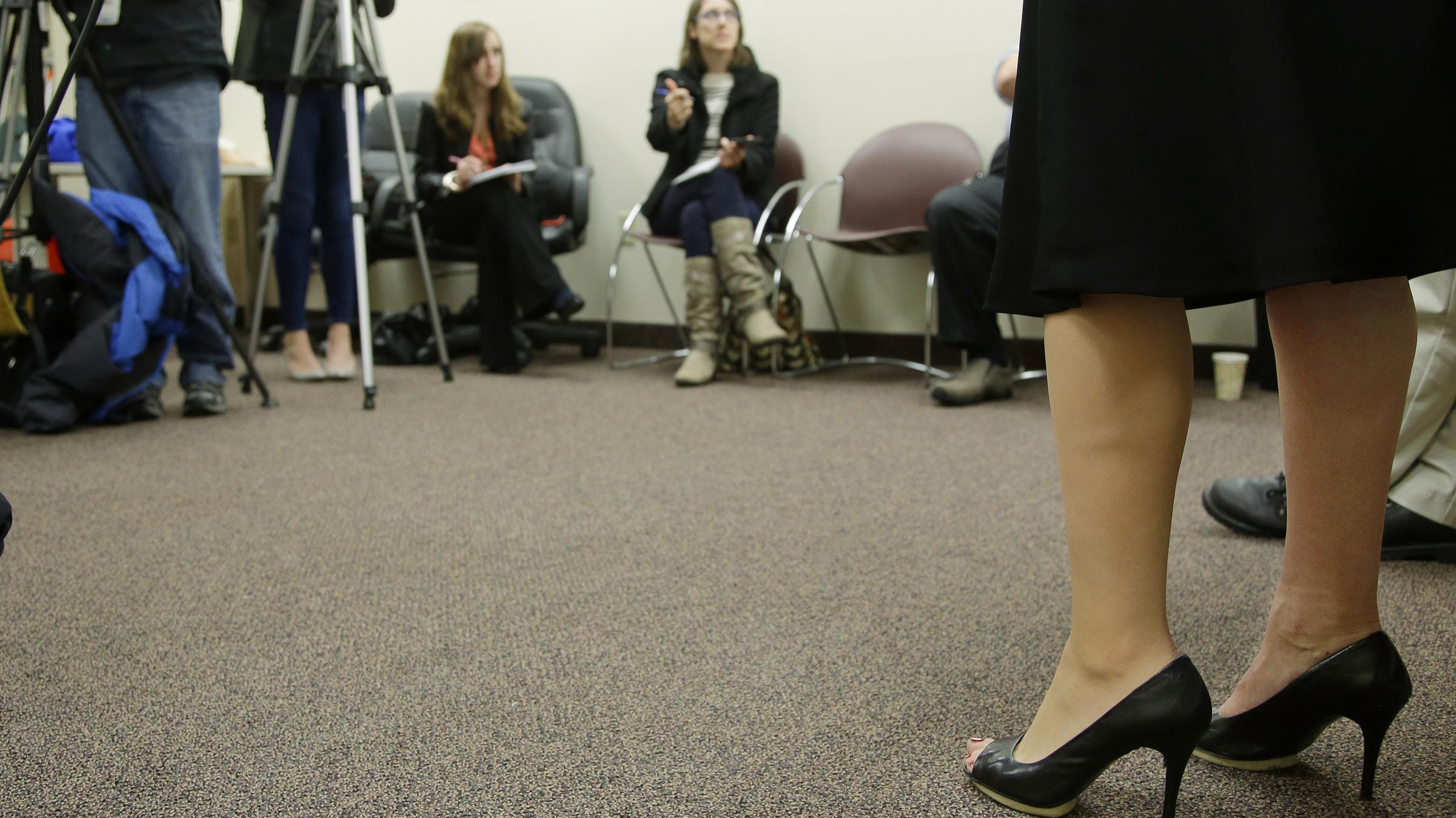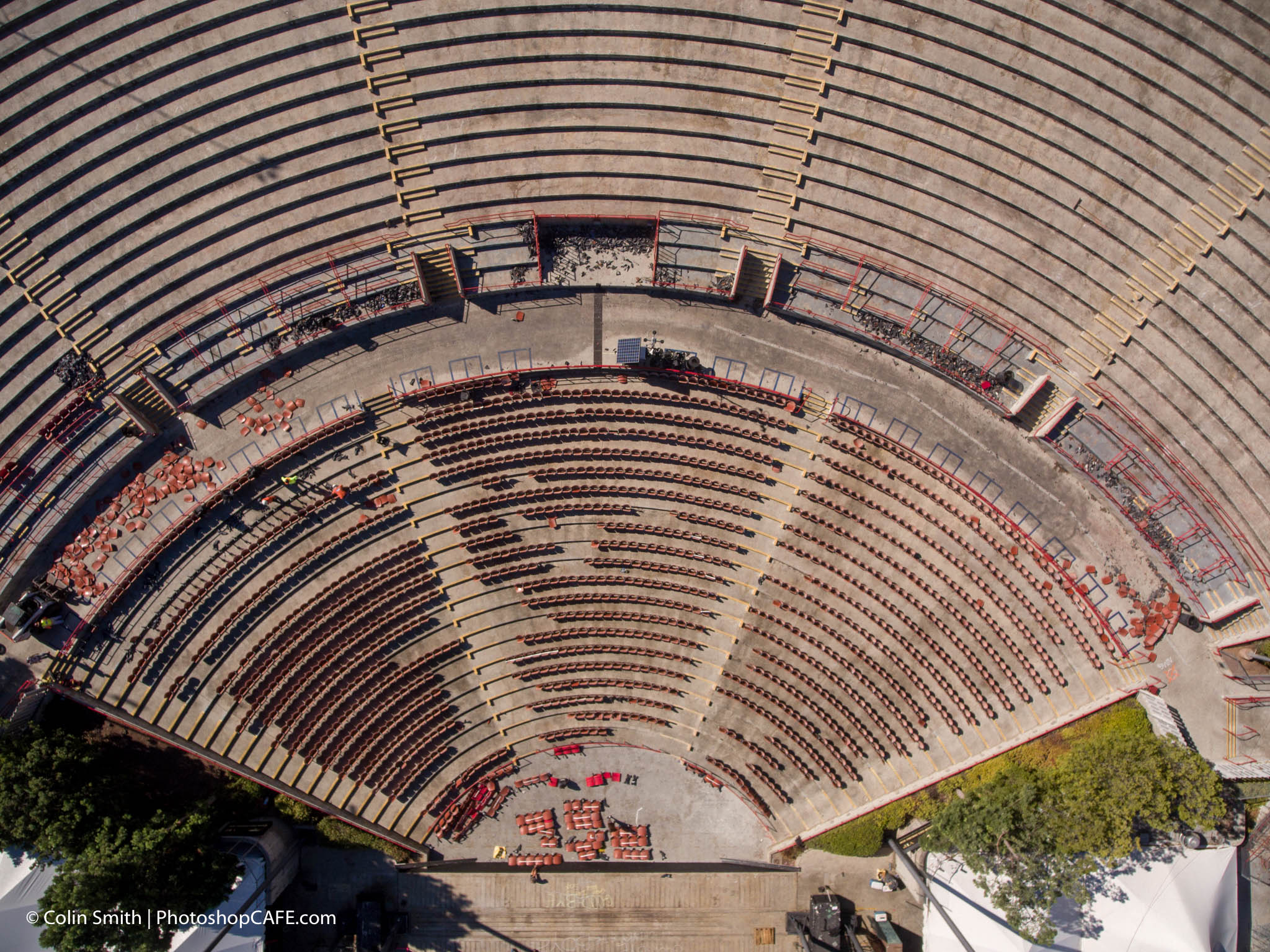
P3.5 Direct collocation, implicit differential equations, algorithmic differentiation: A cocktail for rapid predictive simulations of movement based on complex musculoskeletal models P3.4 Automatic, computationally efficient and open-source optimal control of forward dynamics human movement simulations using python P3.3 A predictive simulation framework for lever-propelled wheelchair locomotion

P3.2 The use of predictive simulations to evaluate the effects of gastrocnemius hyper-reflexia on gait kinematics P3.1 Plantarflexor weakness and contracture alone can cause significant kinematic adaptations during walking P2.5 The contributions of external joint moments and internal musculoskeletal loading to knee joint mechanics during functional movementsĪrnica & Ladyslipper Ballroom ( floor plan) Optimal Control and Predictive Simulations P2.4 Development of a subject-specific lower limb with a natural knee model and evaluation during a lunge P2.3 Assessment of collateral ligament function following total knee arthroplasty using mobile video fluoroscopy P2.2 A study on the effect of ligaments’ material model on joint kinematics in finite element models of the knee P2.1 Identification of optimal laxity tests to load individual parts of knee ligaments P1.5 Assessing the variability of hip loads in total hip replacement patients P1.4 Dynamics analysis of knee joint with meniscal damage by finite element musculoskeletal model

P1.3 Algorithm for intraoperative detection of component malalignment during total knee arthroplasty

P1.2 Improvements in medial knee contact force predictions through synergistic muscle recruitment P1.1 An integrated modeling approach to study the interactions between joint contact geometry, kinematics and loading applied to the knee Arnica & Ladyslipper Ballroom ( floor plan) Joint Loading


 0 kommentar(er)
0 kommentar(er)
